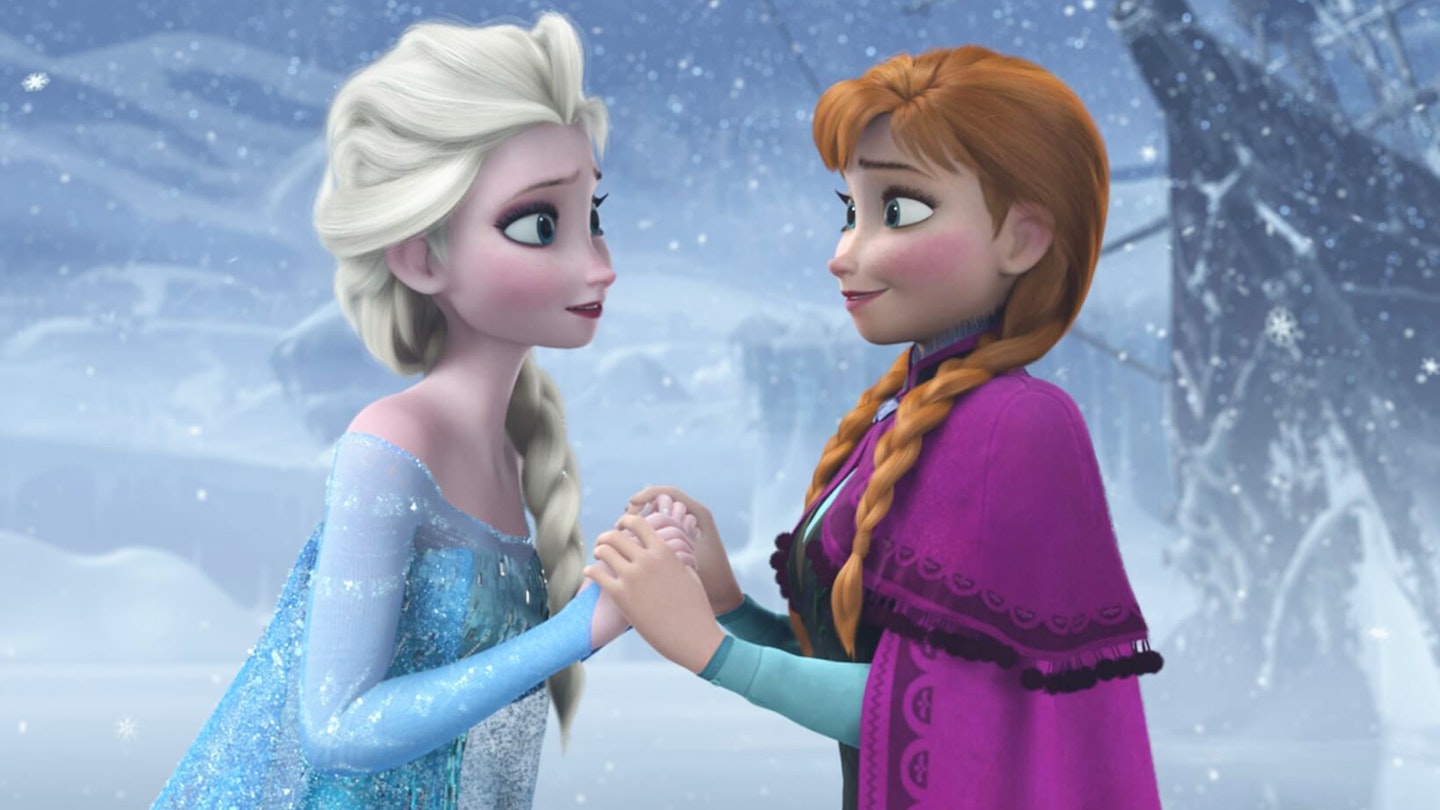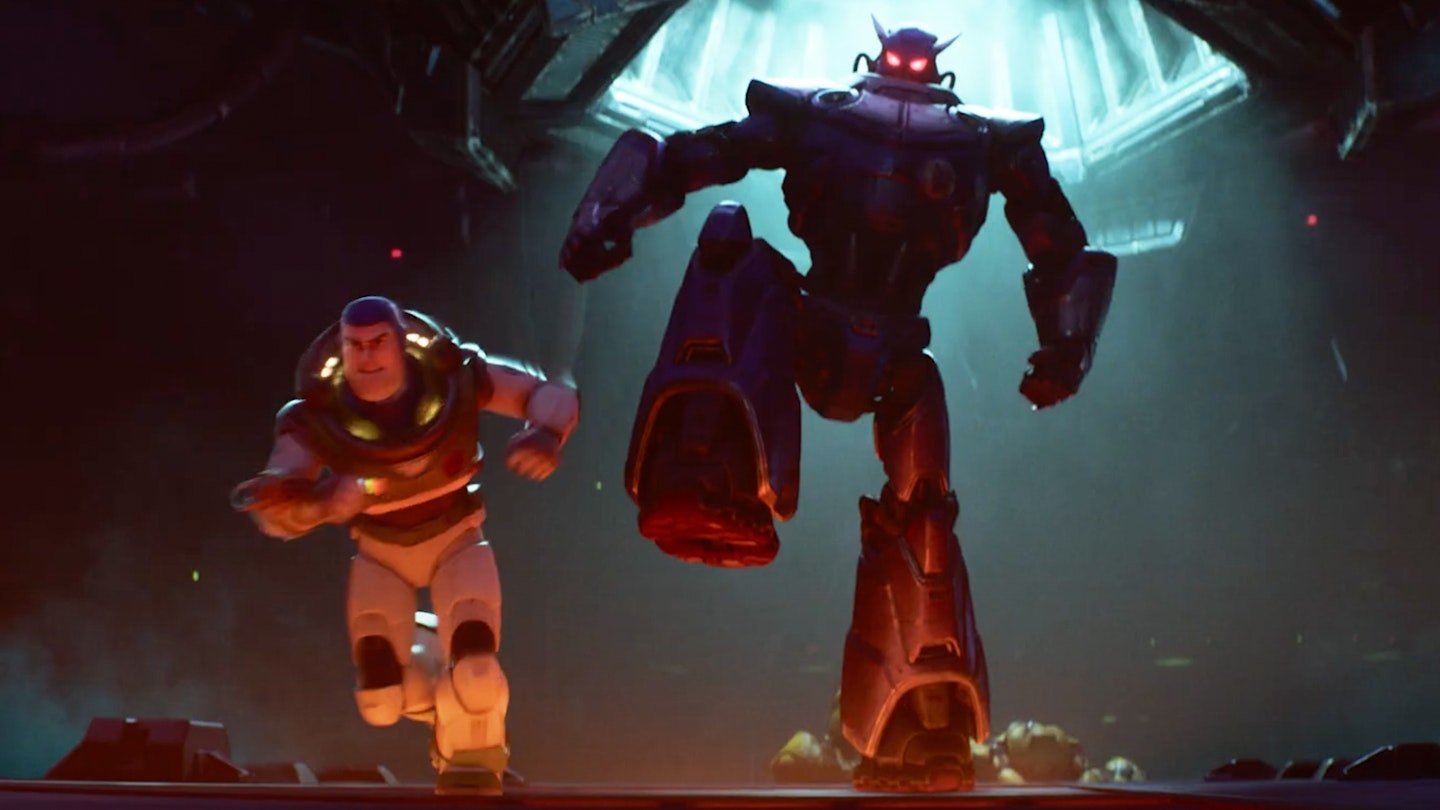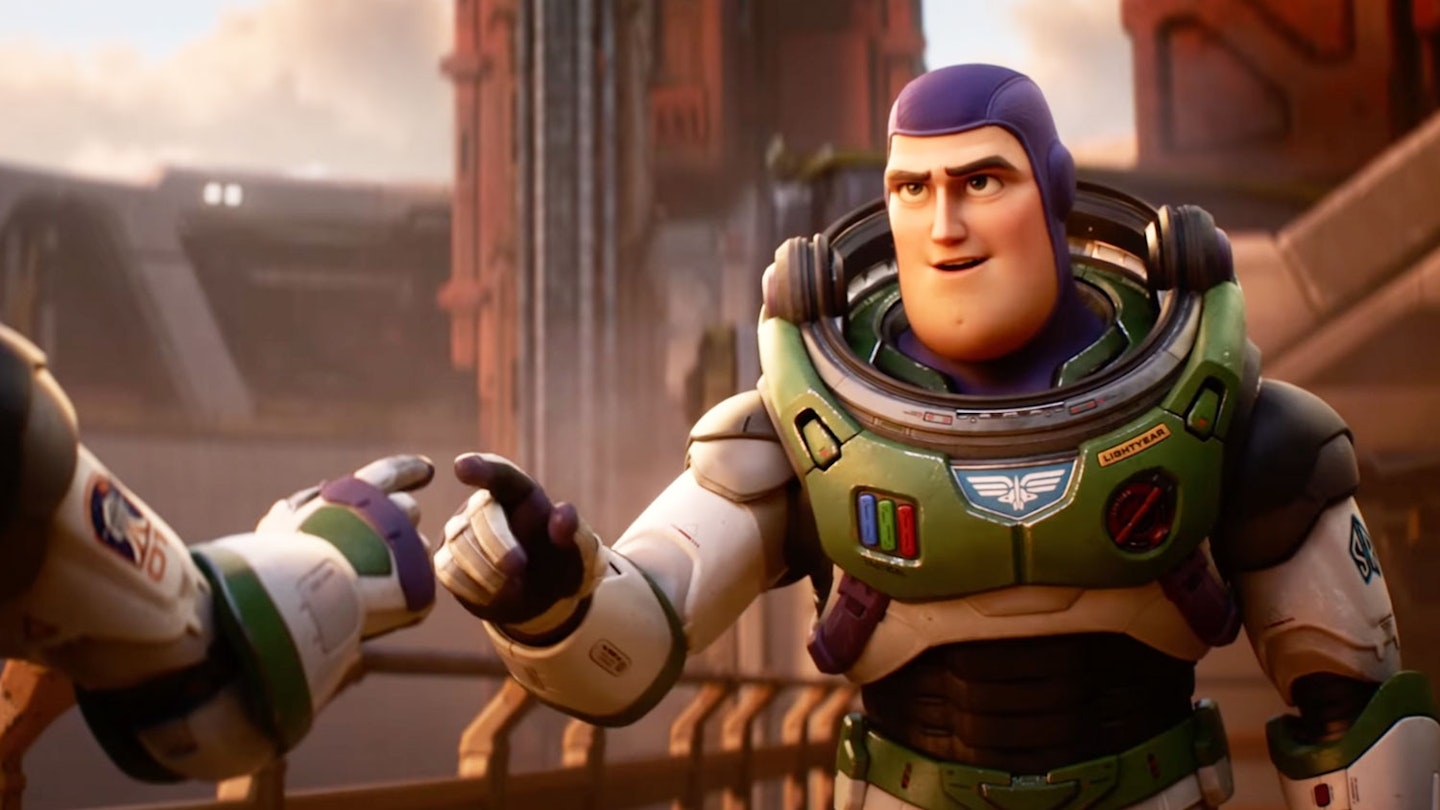Disney's 1995 animated extravaganza came with a gimmick: this was the first ever full-length computer animated feature. In the wrong hands this could merely have been a novelty stretched to film length. In the more than capable digits of computer wizards Pixar and director John Lasseter, however, the result is triumphant. A hilarious, original, terrifically entertaining movie refreshingly free of sentimentality and a resounding box office success both here and in the US.
The plot centres simply, and to enormous effect, around the concept that toys have a life of their own. Six-year-old Andy's favourite toy is Woody (superbly voiced by Hanks), a cowboy doll, who lords it over his plaything colleagues until the arrival of Buzz Lightyear (Allen), an arrogant "Space Ranger" action figure whose technological accoutrements and "impressive wing-span" quickly steal Andy's affections.
Apart from the growing jealousy, Woody and Buzz's relationship is hindered by the latter's conviction that he is a real superhero instead of a mass-produced plastic figure. It takes a string of mishaps that culminate in the pair becoming ensnared by next-door neighbour Sid - a pint-sized psycho who blows up toys for kicks - for them to bury their differences and escape back to their squeaky-clean extended family before an impending house move.
While the younger set can't fail to be entranced by all this, there are more than enough parent-pleasing moments on offer: a cripplingly funny Close Encounters pastiche; a finale guaranteed to cause fingernails dug into palms; and an undercurrent of innuendo-laced humour that'll go whizzing over the tots heads.
That's all before you consider the animation. Excepting some purposefully fake looking humans, no detail has been spared, from the kiss-curl on Buzz's chin down to the rain water meandering down the outside of a window. The result proves so breathtaking that two-dimensional cartoon fare will never seem the same again. Which offers further, glorious proof that movies aimed at junior cinemagoers are sometimes miles better than those directed at their adult counterparts.








